Description
About the Texas Mission Almond Tree
The Texas Mission Almond tree or more simply put Texas Almond, is a producer of high-quality, small nuts with hard shells. It is popular with commercial almond growers and can easily be grown in your own backyard.
The Texas Mission Almond (Prunus dulcis) is a cultivar of the almond tree that is native to the Mediterranean region. It is known for its delicious, sweet nuts and its ability to thrive in hot, dry climates.
The Texas Mission Almond tree is a deciduous tree that typically grows to be 20-30 feet tall and wide. It has a spreading, rounded canopy and a trunk that is usually around 1 foot in diameter. The leaves are long and narrow, and they are typically a dark green color. In the spring, the tree produces small, pinkish-white flowers that are followed by green fruit that turns brown when it is ripe.
Growing a Texas Mission Almond Tree
Texas Almond is easy to grow and very hardy. It is also relatively resistant to pests and diseases, which adds to its low-maintenance qualities. One of the standout characteristics of the Texas Mission Almond tree is its ability to tolerate extreme heat and drought conditions. It is well-suited to growing in arid regions, such as those found in Texas and other parts of the southwestern United States.
The late-season blossoms protect against late-spring frosts. Texas Mission Almond is known for being partially self-fertile. Technically, you’ll get nuts from a single tree. But you’ll enjoy a much larger bumper crop if you add a second variety.
The Texas Mission Almond tree is a popular choice for landscapes and gardens due to its attractive appearance and its ability to produce edible nuts. It is also a good choice for those who live in hot, dry climates and want a tree that can withstand extreme weather conditions.
Survival Guaranteed!


Since 1816, Stark Bro’s has promised to provide customers with the very best fruit trees and plants. It’s just that simple. If your trees or plants do not survive, please let us know within one year of delivery. We will send you a free one-time replacement, with a nominal shipping fee of $9.99. If the item in question is not available, we can issue a one-time credit to your account equaling the original product purchase price or issue you a refund. Read more about our warranty policy.
Characteristics
| Bloom Color | White |
| Bloom Time | Late |
| Fruit Color | Brown |
| Fruit Size | Small |
| Hardiness Zone Range | 7 - 9 |
| Pollination | Pollinator Required |
| Shade/Sun | Full Sun |
| Soil Composition | Loamy |
| Soil Moisture | Well Drained |
| Soil pH Level | 6.0 - 7.0 |
| Taste | Sweet |
| Years to Bear | 3 - 5 |
Size & Spacing
Mature Size
Recommended Spacing
Zone Compatibility
Pollination
Tools & Supplies
Planting & Care
Learn all about how to grow almond trees in The Growing Guide. An entire section of our website dedicated to your growing success.
Shipping Information
Arrives when it's time to plant
Questions & Answers
These trees are grafted however rootstock is unknown. Typically almond trees have rootstock of peach, plum or apricot variety. If your tree is growing below the graft then the rootstock has taken over and will not be true to variety.
Texas Mission Almond is known for being partially self-fertile. Technically, you’ll get nuts from a single tree. But you’ll enjoy a much larger bumper crop if you add a second variety of any kind.
Harvest almonds in late August through September. Depending on the variety and growing conditions you can start harvesting nuts in 2 to 4 years. Knock or shake the nuts from the tree when the hulls open completely. After nuts are shook to the ground let them sit for 2 to 3 days to dry a little in the sun. The drying process is complete when the nuts rattle in their shells and the kernel snaps instead of bending. After you have swept or raked the dried almonds from the ground, remove the shells from the hull, and then remove the nuts from the shell.
It requires a least 8 hours of direct sunlight a day.
We appreciate you reaching out to us. You can find the years-to-bear information in the Characteristics section, near the top of the page, underneath the description. This tree takes 3-5 years to bear.
If you have any further questions please don't hesitate to reach back out to us. Have a great day!
Yes, Cross-pollination by a different variety is key to its growing and bearing success. Plant a pollinator within 100' for best pollination.
It does require full sun so about 6 hours is sufficient.
This variety requires 500 winter chill hours.
Any other variety of Almond will work for pollination purposes.

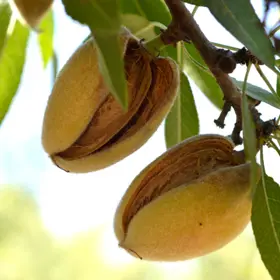
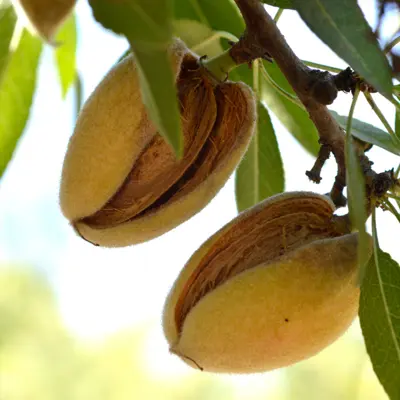
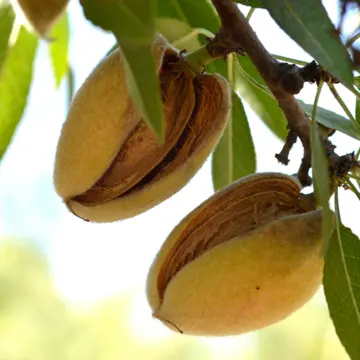
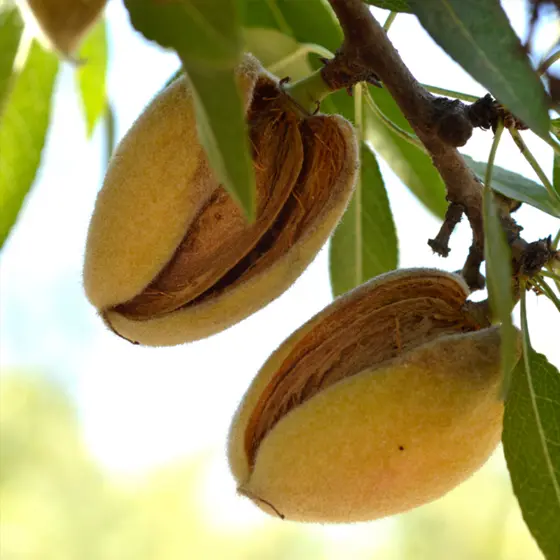


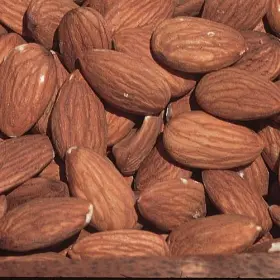
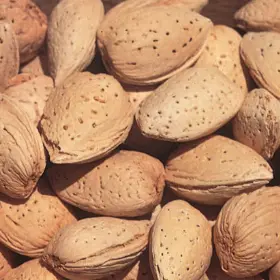


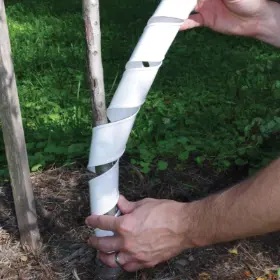


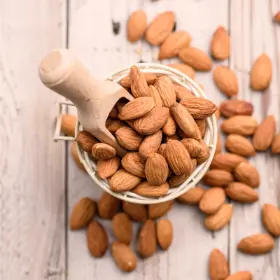
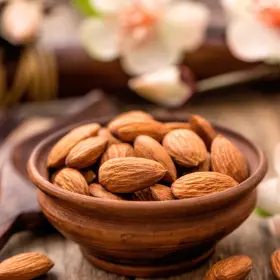
I purchased Bonnie because she has LG. product! I bought Texas Mission because I wanted to grow Almonds in Texas! If I remember correctly there was a history lesson about this somewhere. I will have…
Memorial Day sale and trying something new.
supposed to do well in Tx
for almonds :)